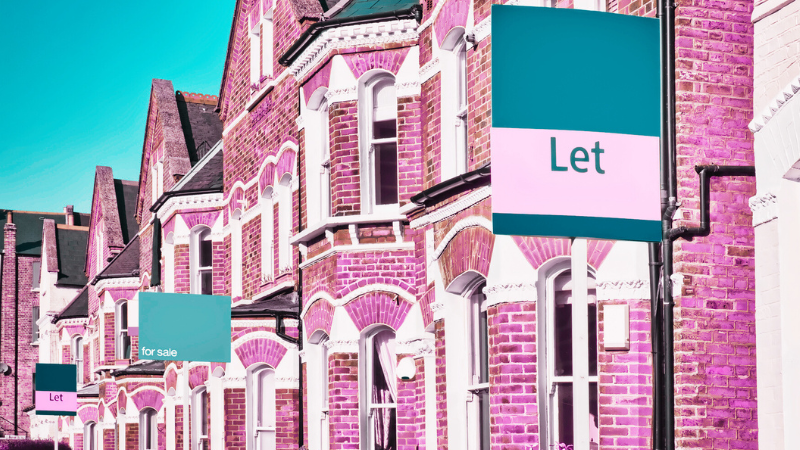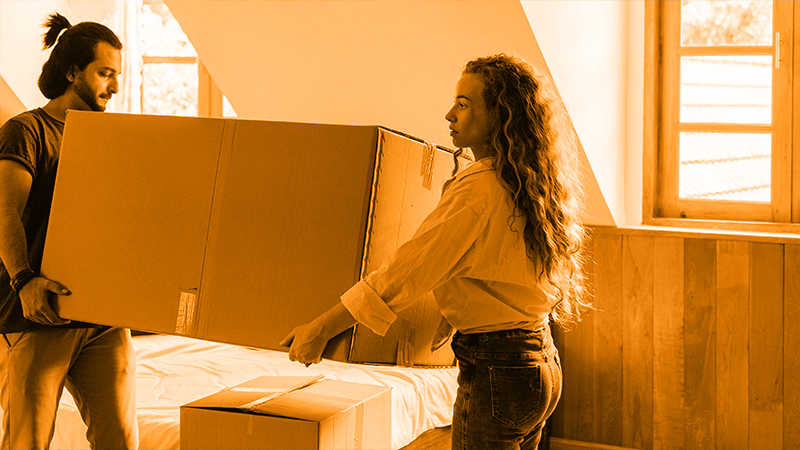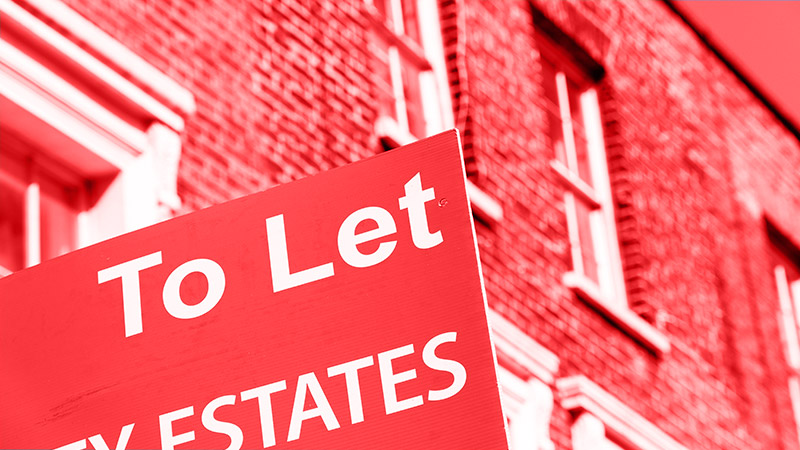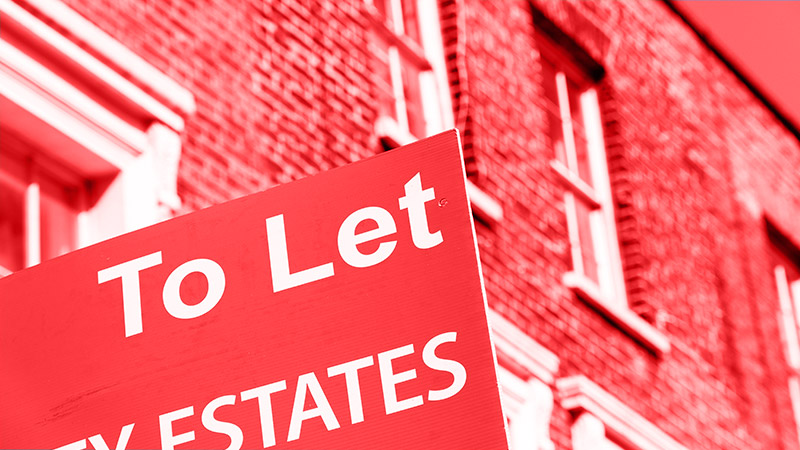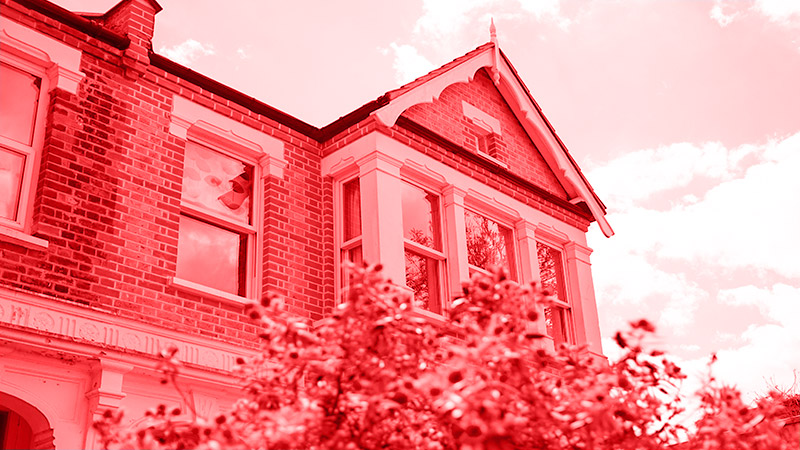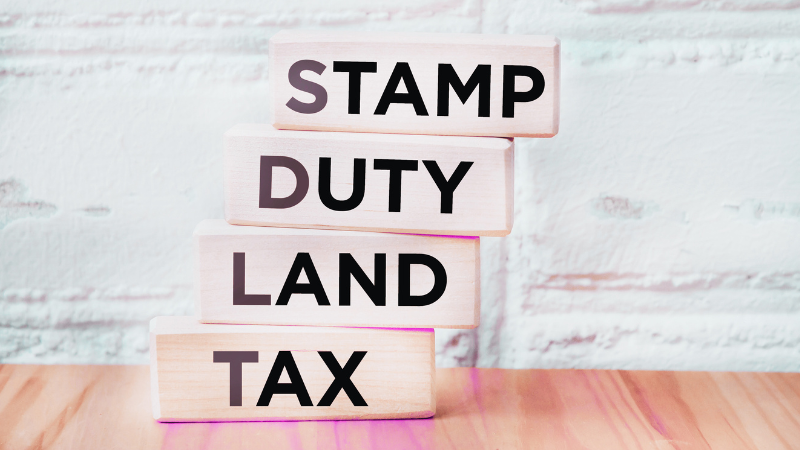Over recent years, as the property market has developed and the rental market has boomed, it has become increasingly common to switch from a residential mortgage to a buy to let mortgage.
If you want to make the switch from a residential mortgage to a buy to let, you will need to seek consent from your current lender.
If they decline your request, you may have the option to remortgage with a new lender. This may incur charges.
Converting your mortgage depends on the following factors:
- Current type of mortgage.
- Consent of the lender.
- Other mortgages you have.
- The plans you have for the property.
How to convert your mortgage to buy to let
Switching your mortgage type can have major financial implications and so it’s important to do your due diligence. If necessary, make sure to consult a mortgage advisor to have any questions answered. You can contact us today for a free no-obligation chat.
A buy to let mortgage and a residential mortgage are very different, for example, you may be able to increase your rental income, where this would not have been an option with a residential mortgage.
If you are considering changing your mortgage with your current lender, be aware that you will only be presented with their rates. Our mortgage advisers will be able to search a wide range of different UK lenders to find you a range of competitive deals.
Common switching from residential to buy to let scenarios
Buying a new home and switching your existing home to a buy to let
Converting a current residential mortgage to a buy to let and then buying a new property is common. Often, these are referred to as let to buy mortgages, the principle is essential that you rent the property rather than selling it.
Remortgage to a buy to let
If your request to switch is rejected by your lender, or it’s not suitable for your situation, you may have the option to remortgage to a completely new product with a different lender.
For example, if you want to use your existing home to fund the purchase of your new home, the rental income could then be used to reduce payments on your new residential mortgage.
Another common purpose for wanting to remortgage and switch is if you paid a higher price than your properties current value. Remortgaging to a buy to let allows you to hold the property and wait until it goes back to a value at which you would consider a sale.
Common reasons people convert from a residential to a buy-to-let mortgage
There is a range of scenarios that could lead to a homeowner seeking to switch the type of mortgage they have in place including:
- Inheritance – A homeowner could inherit property and move into it, therefore leaving the mortgaged property empty and available for letting out. Other factors could be at play within this scenario such as inheritance tax.
- Property not selling – Should property a chain breakdown, but a homeowner be able to continue to purchase their desired property in other ways, the result could be that the original mortgaged is not sold at that time. The homeowner may wish to explore a rental income from the property for a set period of time before attempting to sell on. Market conditions could be at play delaying the sale such as a dip in the market or changes in government schemes such as stamp duty.
- Temporary Relocation – A homeowner may be required to relocate for a set period of time for reasons such as a job opportunity or family circumstances. The result of which may be that the homeowner moves into rental accommodation at the new location, leaving the mortgaged property vacant and available to let out.
What is a Buy to Let Mortgage?
A buy to let mortgage is a financial product specifically targeted at investors who plan to let out a property, and not live within it.
Buy to let mortgages often require high deposits of between 25% and 40% loan to value rate and can have high-interest rates attributed to them in comparison to standard residential mortgages. Buy to let mortgages can also have higher lender arrangement fees.
There are different types of buy to let mortgages, however, most investors seek interest-only mortgages. With this type, the monthly repayments cover the interest due only, and therefore the capital balance remains at the end of the mortgage term.
Interest-only mortgages carry higher risks for the lender and therefore may often have higher interest rates. Like standard mortgages, buy to let mortgages can be obtained with varying terms in relation to interest such as:
- Fixed-rate – Usually fixing the interest rate linked to the mortgage for a set period of time, often between 2 and 5 years.
- Standard variable rate – This is the long-term interest rate often applied once an introductory offer ends on a mortgage.
- Tracker – A tracker rate follows the Bank of England base rate at a set percentage higher and will vary if interest rates change.
The criteria and terms of a buy to let mortgage will vary between lenders however often lenders will require that the rental property income is higher than the mortgage payment each month.
Need more information? Read our related quick help guides:
- Portfolio mortgages.
- Converting residential mortgages to buy to let.
- Buy to let remortgages.
- Buy to let mortgages with bad credit.
- Buy to let guide.
- Can I buy a house and rent it to a family member?
Other Considerations
There will be many other factors to consider when researching letting out a property including:
- The costs of renting out the property – A decision of whether to use a letting agent or not to manage the processes of renting the property from advertising, undertaking viewings and the necessary legal checks on the tenants. Should a letting agent be used, the fees of their services will need to be factored into the business plan of the investment.
- Maintenance costs – The costs of repairs and maintenance will be factored into the calculations of the costs.
- Insurances – Buy to let insurance covers the property itself, its contacts as well as landlord liability. Building insurance is also likely to be needed as a lending criterion.
- Taxes – There is a range of taxes to consider when renting out property including; income tax, capital gains tax and the initial stamp duty due when purchasing a property.
- Missed payments, rental disputes and periods of unoccupancy – An investor should also consider the consequences of situations when rental income does not materialise either due to a dispute, personal circumstances changing of the tenants or through periods of unoccupancy.
Switching to a Buy to Let Mortgage Summary
As with any financial decisions, research and consideration of all viable options and other factors at play are strongly recommended.
Borrowers are encouraged to seek advice from an independent financial advisor who is extremely knowledgeable of the different types of mortgages available, their application criteria as well as the market conditions.
As discussed, negotiating with the current residential mortgage lender to switch financial products could often be seen as a simpler process. However the interest rate, terms and fees may not be the most competitive, and therefore by approaching a financial advisor, the whole market can be explored for the best rates and terms.
As a buy to let mortgage differs significantly from a standard residential mortgage, all factors should be considered, including the likely rental income that could be achieved as well as options to maximise this.
As also briefly mentioned above, tax planning will also need to be considered both on the initial investment and the income received from the rental properties and therefore specialised, personal advice is likely to be invaluable in the long run.#
Call us today on 03330 90 60 30 or contact us. One of our advisors can talk through all of your options with you.


